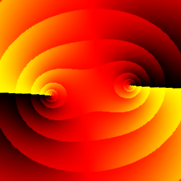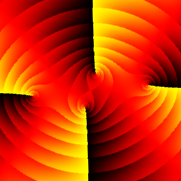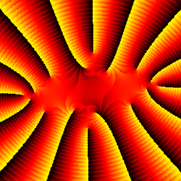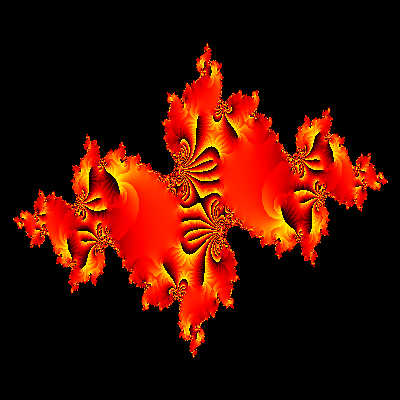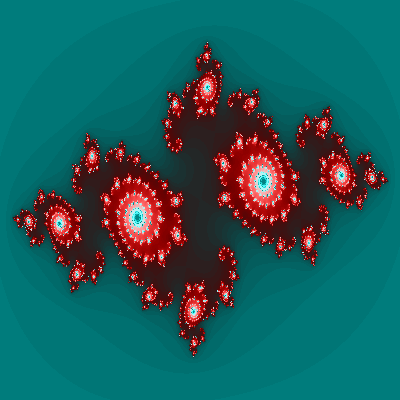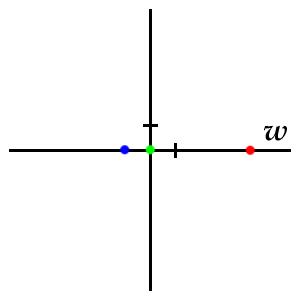

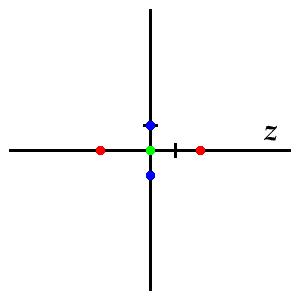
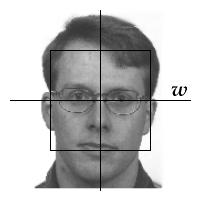
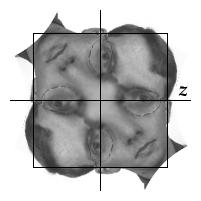
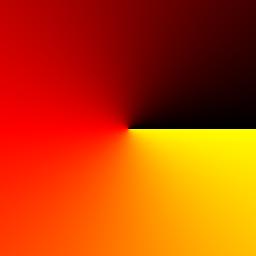
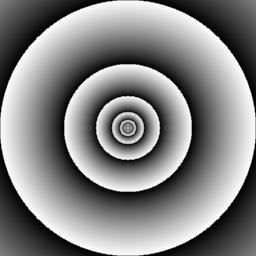
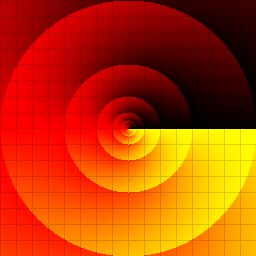
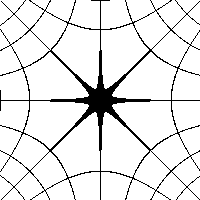
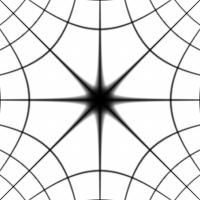
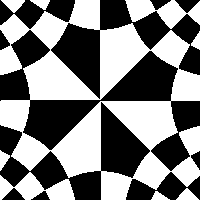
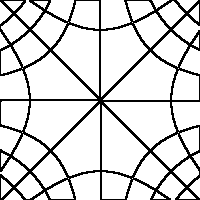
|
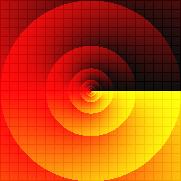
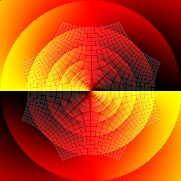
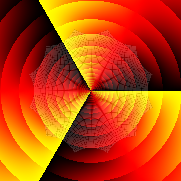
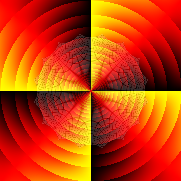

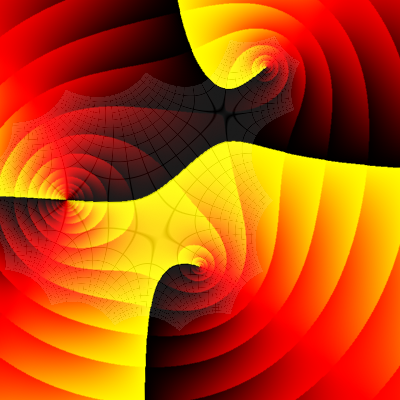
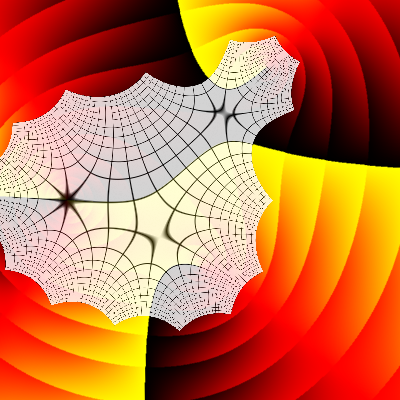
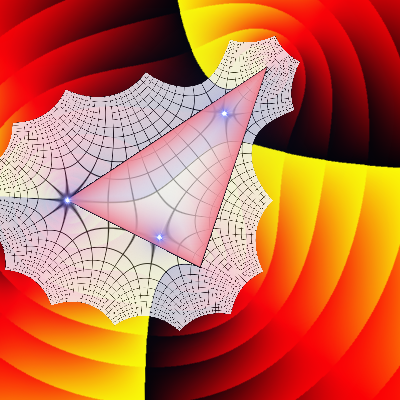
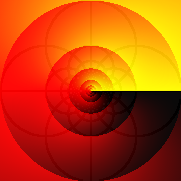
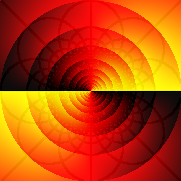
|
|
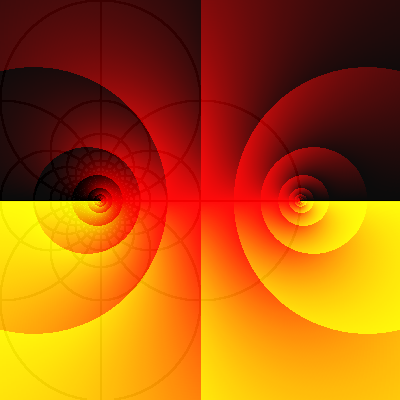
|

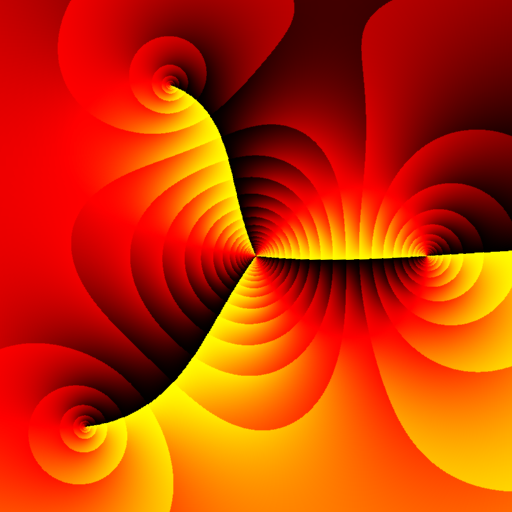
Suppose f is analytic (poles are also allowed). Let γ be a simple closed curve which does not pass through any zero or pole of f. Let N (and P) be the number of zeros (poles) of f inside γ, counted with multiplicity. Then, as z goes one lap counterclockwise around γ, the image curve f ( γ ) winds N − P times around w = 0.With our use of colors to keep track of arg f ( z ), this is the same as saying that the colors sweep through the color gradient N − P times as we move around γ. Counting sweeps (from black through red to yellow) is especially easy with our discontinuous coloring: jumping from yellow to black adds one, and jumping from black to yellow subtracts one (since then we are sweeping backwards). In figure 15 there are two curves which illustrate this. (You can make up your own curves and try them on any function in this document.) The upper curve encircles the double zero and one simple zero, so N − P = (2+1) − 0 = 3, and the number of yellow-to-black crossings is also three. The lower curve encircles the other simple zero and the triple pole, so N − P = 1 − 3 = −2, which is OK with the picture since black-to-yellow crossings count as negative.
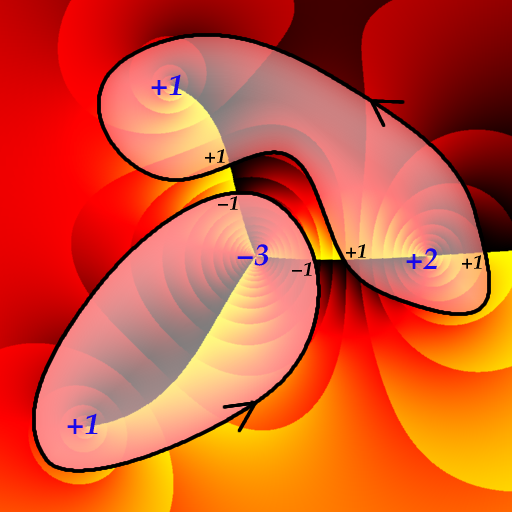


|
|

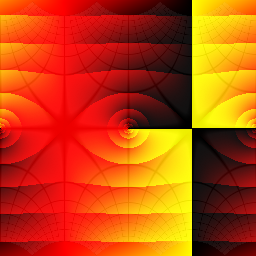
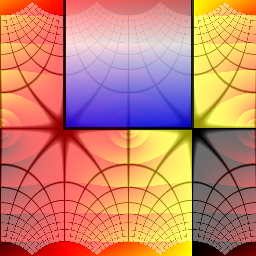
|
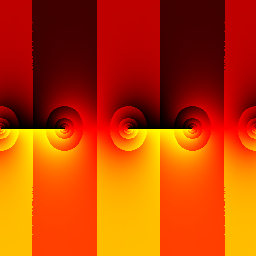
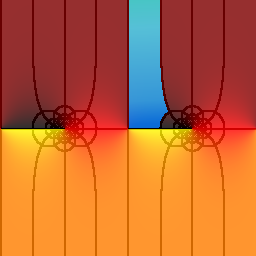
In any disc with center at the essential singularity z0, no matter how small, f assumes all (or possibly all but one) complex values.

If f is analytic, then | f | has no local maxima.A more precise statement is the following:
Let M be a domain (an open connected set) in the complex plane, and suppose that f is analytic in M (no singularities allowed!). Then | f | has no maximum value in M, except in the trivial case that f is constant.If f has no zeros in M, then 1/f is analytic in M and has no maximum, which implies that | f | has no minimum in M either. (But if f has zeros in M, then they are of course minima of | f |.) Another corollary is that if M is bounded, and f extends continuously out to the boundary of M, then | f | attains its maximum on the boundary (and its minimum too, if f has no zeros in M).
|
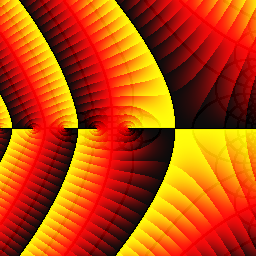
|
|
